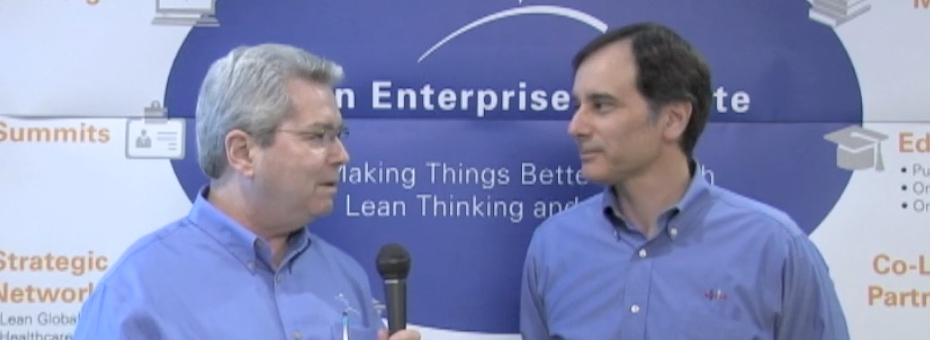Performed properly during lean transformations, kaizen events (multi-day workshops during which a team identifies and implements a significant improvement to a process) create the technical and cultural foundation for daily continuous improvement.
But many companies commit “kaizen malpractice,” says Mark Hamel, LEI faculty member and author of The Kaizen Event Fieldbook (Society of Manufacturing Engineers).
Symptoms of kaizen malpractice include:
- Little or no measurable business impact from events
- Poor linkage to strategic and value-stream imperatives
- Unsustainable results
- Limited organizational learning and growth
- Insufficient foundation for daily kaizen
“Initial kaizen events may establish such fundamental elements of lean as flow, pull, standardized work, and when you add visual management, you set the table for people to be able to tell a glance if they have a normal condition or abnormal condition,” Hamel explains. “Now we can start applying daily kaizen because we have the ecosystem in place.” Good problem solving and coaching also are needed.
The events are good “for doing big stuff quickly,” Hamel says. “It helps develop people’s hands-on application of plan-do-check-adjust and it sets up that ecosystem in which people can apply daily kaizen.” Over time, as the lean effort matures, it should involve more and more daily kaizen. “Kaizen’s true north is really predominately daily kaizen: quality circles, suggestion systems, that type of stuff,” Hamel says. “The mix ends up essentially becoming less and less kaizen events.”
Watch the video below with Hamel for tips on running better kaizen events, and then keep improving by taking the workshop “Managing Kaizen Events:”







